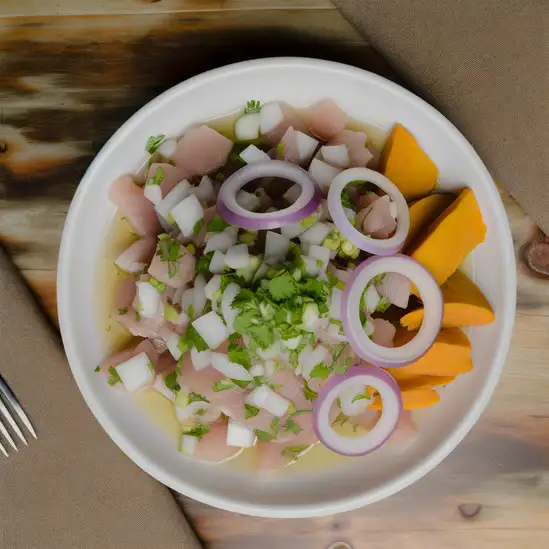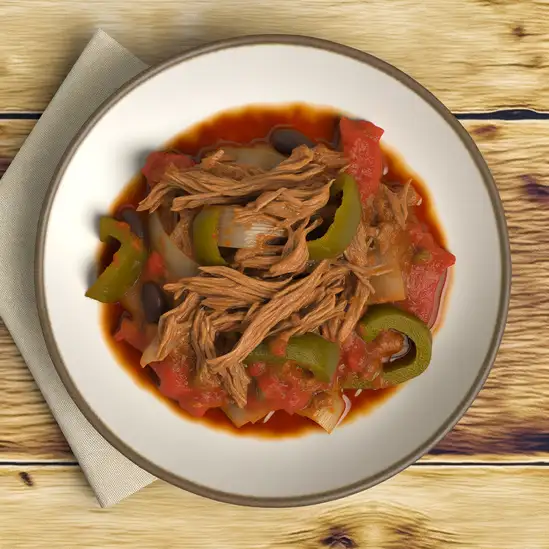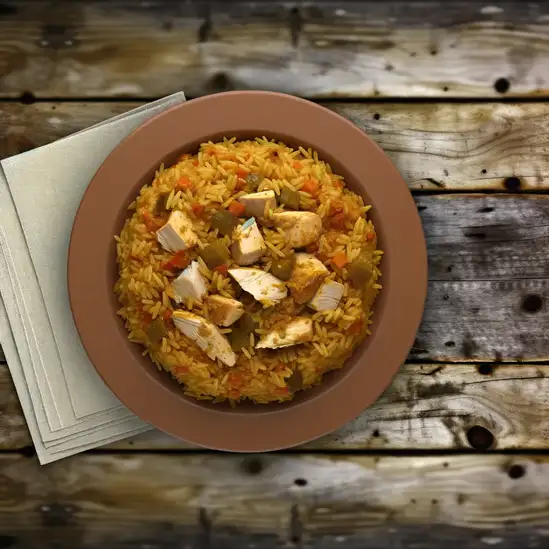



Panamá City has this incredible energy that feels both vibrant and laid-back at the same time. Imagine walking through streets where gleaming skyscrapers tower over colorful colonial buildings,and the salty breeze from the nearby Pacific Ocean mingles with the rich aroma of fresh coffee and sizzling street food. The city hums with life—vendors calling out their wares,salsa music drifting from open windows,and the chatter of locals and travelers blending into a lively soundtrack. What really makes Panamá special is its unique blend of old and new. Casco Viejo,the historic district,feels like stepping into a living museum with its cobblestone streets,charming plazas,and stunning views of the modern skyline across the bay. Here,you can sip on a perfectly brewed café con leche while watching the sunset paint the sky in shades of pink and orange. The city’s culture is a rich tapestry woven from indigenous roots,Spanish colonial history,and Afro-Caribbean influences,all of which come alive in its festivals,art,and especially its food. Don’t miss the chance to taste ceviche bursting with fresh,tangy flavors or to stroll along the Amador Causeway,where the ocean air is crisp and the views of the Panama Canal ships passing by are mesmerizing. Panamá City feels like a place where the world meets,inviting you to explore its stories,savor its tastes,and soak in its warm,welcoming spirit.
The information on this page is currently being reviewed by Tripkliq and should be used as a guide only
Eng word: Hello
Eng pronunciation: OH-lah
Local language: Hola
Eng word: Goodbye
Eng pronunciation: ah-DYOS
Local language: Adiós
Eng word: Thank you
Eng pronunciation: GRAH-syahs
Local language: Gracias
Eng word: How much
Eng pronunciation: KWAN-toh KWEH-stah
Local language: ¿Cuánto cuesta?
Eng word: Toilet
Eng pronunciation: BAH-nyoh
Local language: Baño
Eng word: Help me
Eng pronunciation: ah-YOO-dah-meh
Local language: Ayúdame
Eng word: Yes
Eng pronunciation: SEE
Local language: Sí
Eng word: No
Eng pronunciation: NO
Local language: No
Eng word: Excuse me
Eng pronunciation: pehr-DOHN
Local language: Perdón
Panama City was founded on August 15,1519, by Spanish conquistador Pedro Arias Dávila. It is the oldest continuously occupied European settlement on the Pacific coast of the Americas.
The original Panama City, known as Panama Viejo, was the first European settlement on the Pacific coast. It was destroyed by the pirate Henry Morgan in 1671, but its ruins are now a UNESCO World Heritage Site.
After the destruction of Panama Viejo, the city was relocated to a more defensible position in 1673. This area, known as Casco Viejo, is a charming historic district with colonial architecture and cobblestone streets.
The Panama Canal, completed in 1914, is one of the most significant engineering feats in history. It connects the Atlantic and Pacific Oceans, making Panama City a crucial hub for international maritime trade.
The Metropolitan Cathedral, located in Casco Viejo, is one of the most important religious buildings in Panama. Construction began in 1688 and was completed in 1796, showcasing beautiful colonial architecture.
Panama declared its independence from Spain on November 28,1821. This event is celebrated annually as Independence Day, marking a significant moment in the country's history.
Cinta Costera is a modern waterfront boulevard that offers stunning views of Panama City's skyline. It is a popular spot for tourists and locals alike, featuring parks, walking paths, and recreational areas.
Designed by renowned architect Frank Gehry, the Biomuseo is a striking museum dedicated to Panama's biodiversity. It highlights the country's unique natural heritage and its role as a bridge between continents.
The Amador Causeway is a scenic road that connects three islands to the mainland. It offers breathtaking views of the Panama Canal and the city skyline, making it a favorite spot for biking, walking, and dining.
In Panamá, the most common Power Adaptor is Type A, Type B.



Fresh fish or seafood marinated in citrus juices, mixed with onions, cilantro, and peppers, served cold.

A traditional chicken soup made with a variety of vegetables, herbs, and spices, often served with rice.

Shredded beef cooked in a tomato-based sauce, typically served with rice and beans.

A classic dish of rice cooked with chicken, vegetables, and spices, often garnished with peas and bell peppers.

Fried green plantains that are smashed and fried again, often served as a side dish or snack.

A savory cornmeal dish cooked in a pot with meat, vegetables, and spices, similar to a tamale but served in a bowl.

A traditional drink made from corn, milk, and spices, often served cold and sweetened.

Boiled yuca (cassava) served with a garlic and citrus sauce, often enjoyed as a side dish.
Cartagena de Indias feels like stepping into a vibrant,sun-soaked painting where every corner bursts with color and life. The moment you wander through its cobblestone streets,you’re wrapped in the warm embrace of colonial charm mixed with Caribbean energy. Brightly painted balconies overflow with bougainvillea,and the salty breeze carries the distant rhythm of cumbia and salsa,inviting you to move with the city’s heartbeat. It’s a place where history isn’t just in museums—it’s alive in the laughter spilling from open-air cafes and the clinking of glasses filled with tangy,refreshing aguardiente.
As you stroll along the ancient city walls,the scent of grilled seafood mingles with tropical fruit from street vendors,tempting your taste buds to dive into fresh ceviche or a juicy mango. The sun sets in a blaze of orange and pink over the bay,and the city lights flicker on,casting a golden glow that makes every evening feel magical. Locals greet you with genuine warmth,eager to share stories about Cartagena’s rich past and vibrant present.
What makes Cartagena truly unforgettable is its blend of old-world romance and lively modern spirit. From the bustling plazas where artists display their work to the quiet corners where you can sip a cold cocktail and watch the world go by,the city invites you to slow down and savor every moment. It’s a place that stays with you long after you leave,whispering promises of return.
San José pulses with a lively,unpretentious energy that instantly makes you feel like you’ve stepped into the heart of Costa Rica’s everyday life. It’s not about polished tourist spots here; it’s about the rhythm of the streets,where vendors call out their fresh fruit and the scent of strong coffee mingles with the warm,tropical air. Walking through the city,you’ll catch the vibrant colors of murals splashed across old colonial buildings,and hear the chatter of locals animatedly discussing football or the latest news at a corner café.
The city’s character is a blend of old and new — from the grand National Theater with its ornate architecture to the bustling Mercado Central,where you can taste authentic gallo pinto or sip on a sweet,refreshing agua de sapo. There’s a genuine warmth in the people here; they’re proud of their culture and eager to share stories about their country’s rich history and natural wonders.
What makes San José truly unique is how it feels like a gateway to the rest of Costa Rica’s wild beauty,yet it stands strong on its own as a place full of life and surprises. Whether you’re wandering through leafy parks,catching a local art exhibit,or simply soaking in the city’s vibrant street scenes,San José invites you to slow down,breathe in the moment,and connect with the soul of Costa Rica.
Imagine stepping into a place where the turquoise waves gently kiss powdery white sands,and the sun wraps you in a warm,golden embrace—that’s Cancún. From the moment you arrive,there’s this vibrant energy buzzing in the air,a mix of laid-back beach vibes and lively city pulse. Palm trees sway rhythmically to the ocean breeze,and the salty scent of the sea mingles with the tantalizing aroma of fresh street tacos sizzling nearby. It’s a place where every sunset feels like a private show,painting the sky in fiery oranges and soft pinks.
Walking through Cancún’s Hotel Zone,you’ll hear the laughter of friends clinking glasses of tangy margaritas,the distant beat of Latin music inviting you to dance,and the chatter of locals sharing stories in colorful markets. The city’s character shines through its blend of modern resorts and ancient Mayan roots,with nearby ruins whispering tales of a rich history that’s still alive in the vibrant culture and warm smiles of the people.
What really makes Cancún unforgettable is how it balances adventure and relaxation. You can dive into crystal-clear cenotes,explore coral reefs teeming with life,or simply lounge under a palapa,feeling the sun on your skin and the gentle sway of a hammock. And when hunger strikes,fresh ceviche bursting with citrus and spice,or a sweet slice of mango dripping with juice,remind you that this place is as much a feast for your taste buds as it is for your soul. Trust me,Cancún isn’t just a destination—it’s a feeling you’ll want to carry with you long after you leave.
Kingston pulses with a vibrant energy that grabs you the moment you step off the plane. It’s a city where the rhythm of reggae music seems to float through the air,blending effortlessly with the chatter of street vendors and the hum of bustling markets. Walking through its colorful neighborhoods,you’ll catch the scent of jerk spices mingling with the salty breeze from the nearby harbor. There’s a raw,authentic spirit here that feels alive in every corner—from the murals that splash stories across walls to the lively conversations spilling out of local cafes.
What makes Kingston truly unforgettable is its rich cultural heartbeat. This is the birthplace of Bob Marley,and you can feel his legacy everywhere—from the iconic Trench Town neighborhood to the reggae museums that celebrate Jamaica’s musical soul. But it’s not just about music; the city’s art scene,street food,and warm,welcoming people create a tapestry of experiences that invite you to slow down and soak it all in. Grab a plate of fresh ackee and saltfish or sip on a cold Red Stripe while watching the sunset paint the sky in fiery hues.
Kingston isn’t polished or pristine,but that’s exactly what makes it magnetic. It’s a place where history,culture,and everyday life collide in the most colorful,unexpected ways. If you’re up for an adventure that’s as much about feeling the city’s pulse as seeing its sights,Kingston will surprise you—and stay with you long after you leave.
Imagine stepping into a place where time seems to slow down,yet every corner buzzes with life—that’s Havana. The city greets you with a warm,sun-soaked embrace,where pastel-colored buildings wear their peeling paint like badges of history. Walking through its streets,you’ll hear the soulful strum of a guitar mingling with the distant chatter of locals sharing stories over strong Cuban coffee. The air carries a mix of salty sea breeze,sweet tobacco,and the faint aroma of frying plantains from street vendors.
Havana’s character is a beautiful blend of resilience and celebration. Classic American cars,polished to a shine,cruise alongside vintage bicycles,creating a moving museum of the past. The city pulses with music—whether it’s the lively beats spilling out of a neighborhood bar or the soft rhythms of a late-night jazz club. People here have a way of making you feel like you belong,inviting you to dance,laugh,and savor life’s simple pleasures.
Don’t miss the chance to sip a perfectly crafted mojito in a sunlit plaza,watching the world drift by. Taste the rich,smoky flavors of Cuban cuisine,from ropa vieja to fresh seafood caught that morning. Havana isn’t just a place to visit; it’s a place to feel alive,to soak in stories etched into every brick and smile. Trust me,once you’ve wandered its vibrant streets,Havana’s spirit stays with you long after you leave.
A Caribbean island city famous for its seven-colored sea,coral reefs,and laid-back atmosphere,making it a top destination for beach lovers and water sports enthusiasts.
ExploreScammers may install skimming devices on ATMs to steal card information, particularly in less secure or isolated locations.
Tourists may be given incorrect change or counterfeit bills when paying in cash, especially in busy areas or markets.
Scammers posing as police officers may accuse tourists of minor infractions and demand on-the-spot fines.
Unlicensed individuals may pose as tour operators, offering subpar or nonexistent tours after taking payment.
In tourist-heavy areas, some shops may inflate prices for souvenirs, assuming tourists won't know the fair market value.
In crowded areas like Casco Viejo or public transportation, pickpockets may target distracted tourists.
Individuals may approach tourists with fabricated stories of hardship to solicit money or donations.
Some street vendors may sell counterfeit goods or overcharge tourists who are unfamiliar with local prices.
Some taxi drivers in Panama City do not use meters and may overcharge tourists, especially if they sense you are unfamiliar with local rates.
Tourists may be lured into high-pressure sales presentations for timeshares that are overpriced or have hidden fees.
The possession, use, and trafficking of illegal drugs are strictly prohibited in Panama. The country has stringent drug laws, and violations can result in severe penalties, including lengthy prison sentences. Tourists should avoid any involvement with illegal drugs to stay within the law.
In Panama City, smoking is prohibited in enclosed public spaces, including restaurants, bars, and public transportation. There are designated smoking areas in some public places, but it is important to look for signs indicating where smoking is allowed. Violating these regulations can result in fines.
Vaping is subject to similar regulations as smoking in Panama City. It is prohibited in enclosed public spaces and public transportation. Tourists should look for designated vaping areas and adhere to local rules to avoid fines.
What are other people saying about Panamá?
Recent Social posts about Panamá
There is nothing to show you for now.